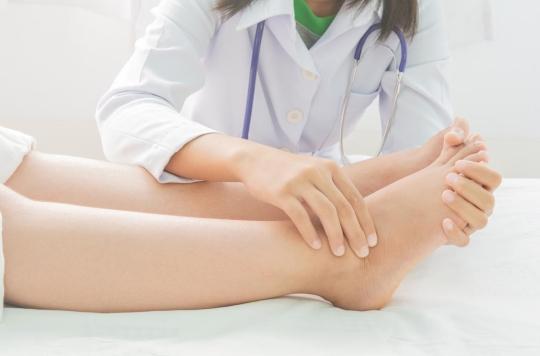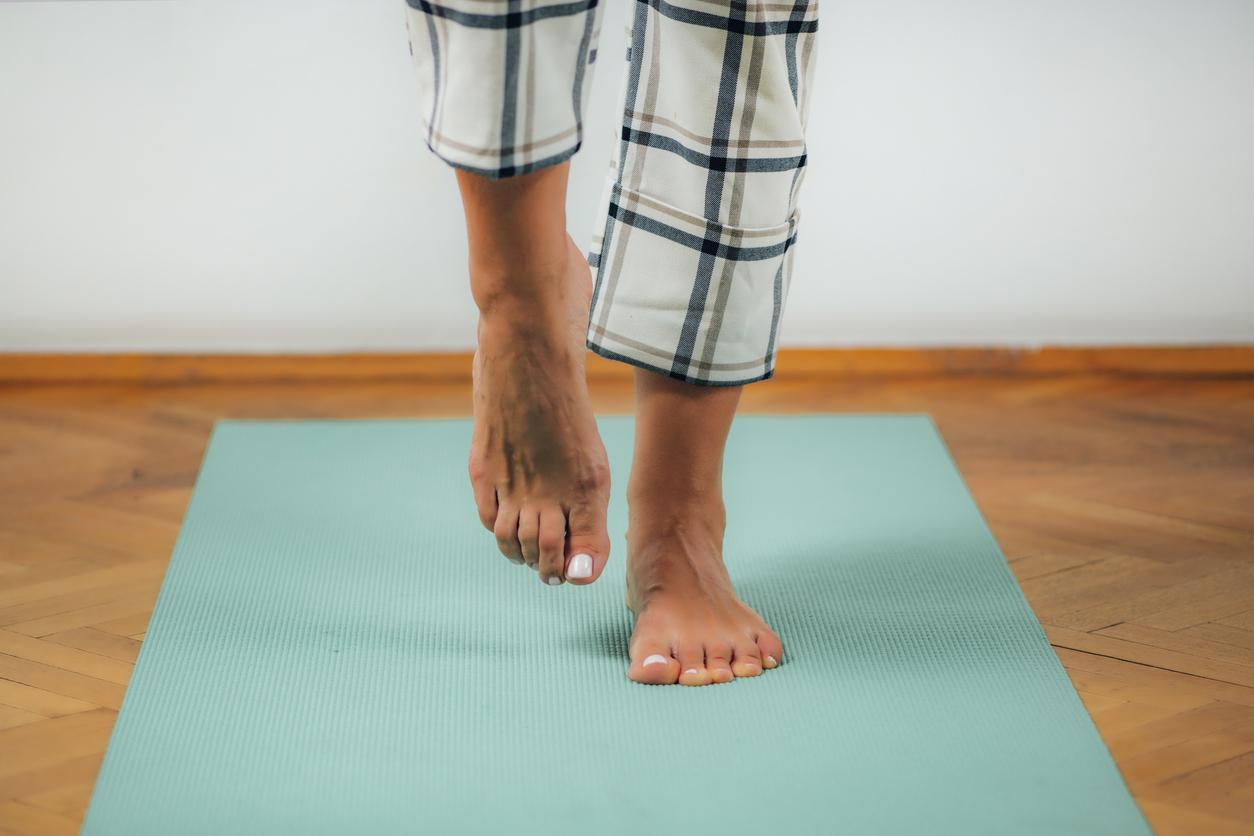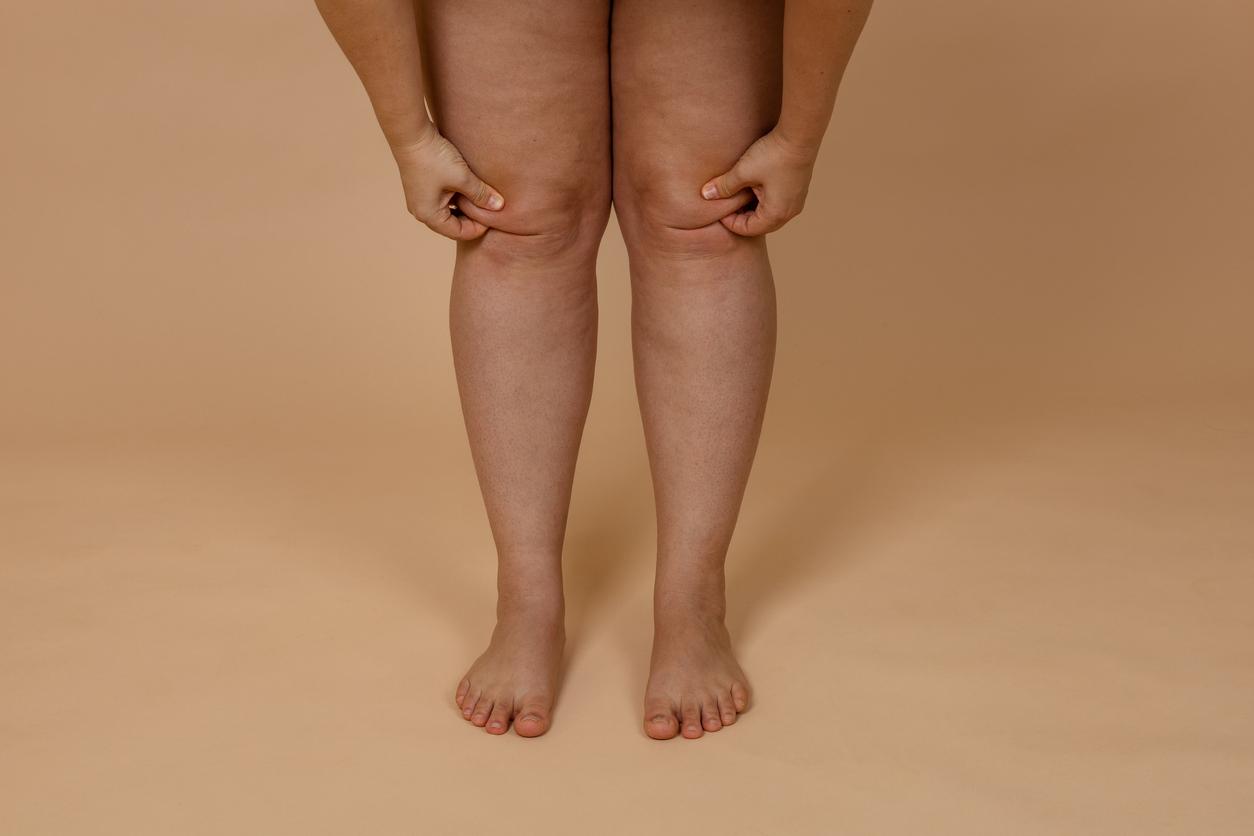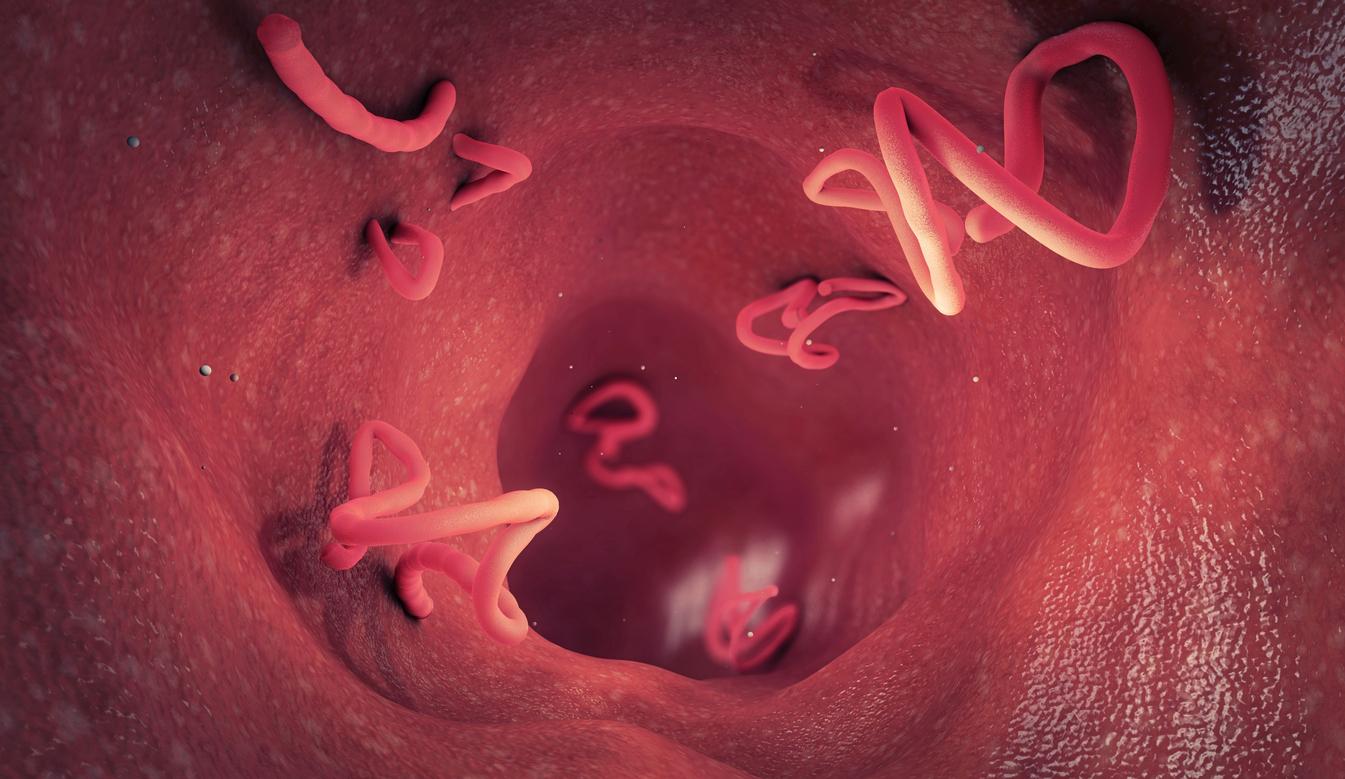Do you have a feeling of heavy legs? Do swelling appear in your ankles? Here are 5 reasons why your legs may be swollen, along with tips on what to do about it.

- In addition to these 5 common causes discussed here, many other conditions can also cause the legs to swell, including infections, injuries, and certain conditions like arthritis.
- If the puffiness isn’t too severe and disappears within a day or two, that’s probably not too much to worry about.
- Nevertheless, a doctor should be consulted if your swelling lasts longer, occurs regularly, affects only one leg or is associated with other symptoms.
Do you struggle to put on or take off your shoes or find it harder than usual to bend your ankles? Swelling may be the cause. A good way to check is to gently press down on your lower leg: if you can see your fingerprint for more than a few seconds, chances are you have excessive fluid buildup. There are many other signs of swollen legs: marks left on your skin when you take off your socks or pants, the feeling of heavy, numb or itchy legs or feet, skin that feels swollen, stretched or shiny, or tight or sore skin.
But why are your legs so swollen? Many causes can be at the origin of this. Sometimes it’s the result of a buildup of fluid after a long day on your feet. In other cases, leg swelling can be a sign of a serious illness. Here are the five most frequently encountered causes, according to vascular surgeon Francis Caputo of the Cleveland Clinic :
1. Leg swelling is edema
If you’ve been on your feet all day, it’s not uncommon to have puffiness in your feet or legs. This is also the case if you have been sitting for hours in a car or on a plane. “This swelling, called edema, occurs when fluid builds up in your feet and legs. It’s more common in people who are overweight or pregnant, but it can happen to anyone.“
What to do ? The specialist doctor advises to limit the salt in your diet, or to get up frequently to stretch and move around when traveling. If you have mild swelling, you can also go for a walk or rest your feet on pillows when you are seated.
2. The swelling is a blood clot: deep vein thrombosis
Deep vein thrombosis (DVT), or phlebitis, is a blood clot that forms in a vein in the body, usually (but not always) in the pelvis, thigh, or leg. Typical symptoms of DVT include enlarged veins near the surface of your skin, pain or tenderness in the leg, and/or swelling in one leg sometimes accompanied by skin that is red or warm to the touch. DVT is not directly life threatening. However, if a clot breaks free, it can travel to the lungs and block blood flow. This can lead to pulmonary embolism, a very serious situation.
What to do ? If you have signs of DVT, the vascular surgeon recommends that you seek immediate medical attention for treatment to reduce the risk of pulmonary embolism.
3. The swelling is due to venous insufficiency
“Sometimes the veins in your legs can weaken. When this happens, blood does not return to your heart as easily. As a result, you may develop varicose veins and fluid buildup in your legs. Venous insufficiency sometimes develops in people who have had DVT in the past.”
What to do ? If you are living with venous insufficiency, your doctor may recommend a lifestyle change with more exercise and weight loss, compression socks or an intermittent pneumatic compression device, and/or drug or surgical treatment .
4. It’s lymphedema
Lymphedema occurs when your body’s lymph nodes don’t filter lymph fluid as well as they should. When this happens, it can cause swelling in one or more limbs, ranging from mild to dramatic.
“Lymphedema sometimes occurs in people whose lymph nodes have been removed for cancer treatment. It can affect other people whose lymph nodes are damaged or malfunctioning for other reasons.“
What to do ? Common treatments for managing lymphedema include: compression stockings and devices, lymphatic drainage (a form of do-it-yourself massage), exercise, and in some cases surgery.
5. The swelling is caused by heart, kidney or liver disease
“When your organs aren’t working as well as they should, fluid can build up in your legs. Congestive heart failure, kidney disease, and liver disease can all cause leg swelling.“
What to do ? According to Francis Caputo, if you have (or suspect you have) any of these conditions and you notice new or persistent swelling in your legs, see a doctor for proper management.














